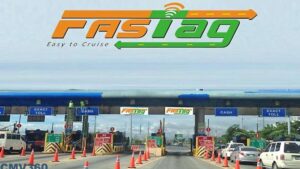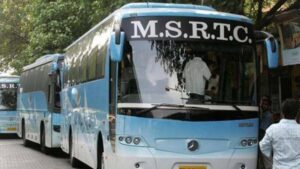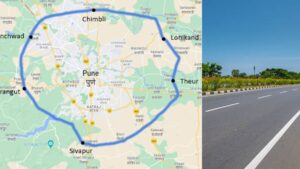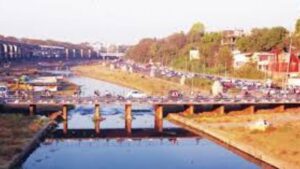Soon, Cruise Through Barrier-Free Toll Plazas at 100 kmph with New GNSS Technology
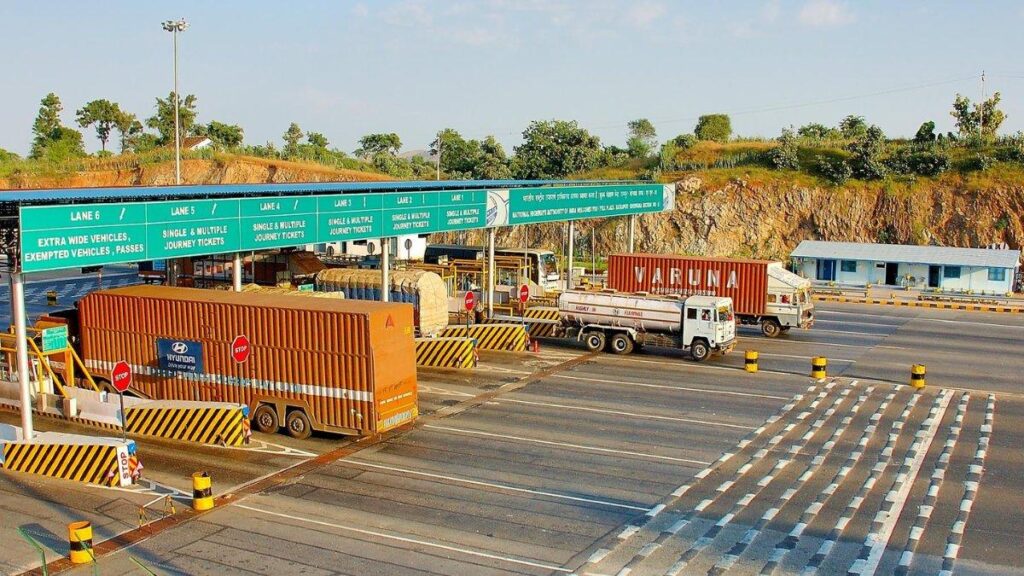
NEW DELHI: Highway users will soon be able to cruise through toll gates at speeds up to 100 kmph without any inconvenience, thanks to the upcoming barrier-free toll collection system based on the Global Navigation Satellite System (GNSS). This advancement, announced by officials from the road transport and highways ministry, aims to streamline toll collection and enhance user experience.
Initially, one or two lanes at toll plazas will be designated for vehicles using the new GNSS-based system. A senior official involved in the implementation stated, “The government is hopeful that it will help in plugging the leakages and checking toll defaulters. The lanes will be equipped with advanced reading, identification, and enforcement equipment to ensure only valid vehicles pass through the gates.”
How GNSS-Based Tolling Works
The GNSS-based tolling system charges users based on the distance travelled on highways, as opposed to the current fixed amount system. The satellite-based technology tracks the vehicle’s movement and calculates charges via an On Board Unit embedded in the vehicles. This method promises a fairer toll collection process, especially for short-distance travelers.
In the first phase, the GNSS-based system will be implemented for commercial vehicles, with private vehicles to follow. The National Highways Authority of India (NHAI) has already invited global tenders from innovative and qualified companies to develop and implement this system. Interested companies can approach the Indian Highways Management Company Limited, a firm promoted by NHAI, which is overseeing the tender process.
GNSS Lanes and Advanced Equipment
The selected agency will be responsible for developing a layout for the GNSS lanes within existing plazas. This layout will include advanced signages, markings, lighting, and equipment placement to facilitate GNSS-enabled vehicles. High-performance equipment will read vehicle registration numbers using Automatic Number Plate Recognition (ANPR) cameras, identify the vehicle type and axle, estimate weight, and charge the appropriate toll fee.
During the initial phase, a hybrid model incorporating both RFID-based FASTag and GNSS-enabled toll collection will operate simultaneously. This arrangement will remain until the GNSS system is smoothly adopted. Eventually, all lanes at toll plazas will be converted to GNSS lanes, according to officials.
NHAI’s Role and Network
The NHAI is responsible for maintaining and managing around 70,000 km of national highways out of India’s total network of 150,000 km. The authority is also mandated to collect user fees on these highways as per the National Highway Fee (Determination of Rates and Collection) Rules, 2008. Currently, toll is collected for about 45,000 km of national highways and expressways.
Conclusion
The introduction of GNSS-based tolling marks a significant step forward in the modernization of India’s highway infrastructure. By enabling barrier-free toll collection, the government aims to reduce congestion at toll plazas, enhance the efficiency of toll collection, and improve the overall travel experience for highway users.


